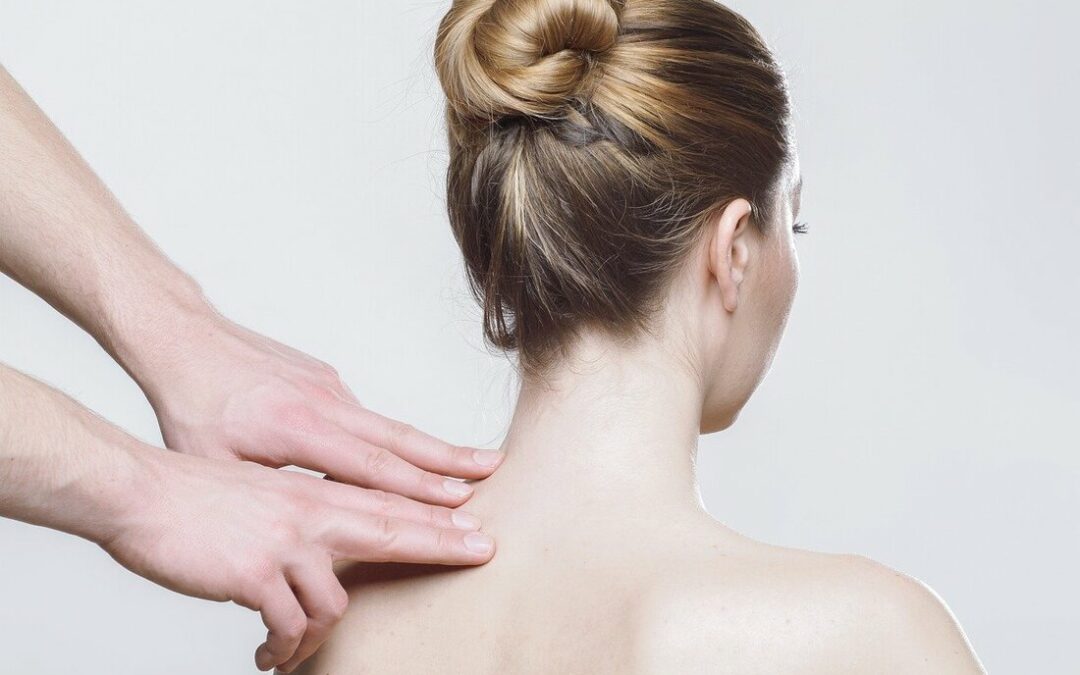Scoliosis is a serious condition affecting millions of people around the world. But while it’s been researched for years, there’s still little evidence pointing to its cause. So far, it seems that nature and nurture both play a crucial part in the development of this condition.
On the one hand, patients can have a genetic predisposition for it. On the other, they can develop it due to environmental impacts such as disease, sports injuries, or poor posture. So yes, if you were wondering whether you could develop scoliosis later in life, the answer’s unfortunately positive.
It’s not all bad news, however. Catching scoliosis early on can help to prevent its progression and allow patients to maintain or even improve their quality of life.
But how can you catch scoliosis early on? What can you do to stop it? Let’s find out.
Symptoms of Scoliosis
Early symptoms can be difficult to catch – especially today when most children and adults are suffering from bad posture due to the increasingly sedentary lifestyle. Still, there are some tell-tale signs that could show it’s time to visit a scoliosis clinic.
1. Genetic Predisposition
While genetics doesn’t always play a part in scoliosis, it could make you more likely to develop it. According to a study done on 1,463 scoliosis patients, 56% had one or more relatives with the condition, and 36% had at least one first-degree relative with it.
Those with a genetic predisposition for scoliosis should go for more regular check-ups and examinations.
2. Ill-Fitting Clothes
One of the subtler signs of scoliosis could be ill-fitting clothes. Even the slightest change in posture can make the clothes appear asymmetrical or poorly tailored. You’ll notice that one pant leg seems longer than the other, or that a skirt is tighter on one side of the body than on the other.
Some of the signs you should pay attention to include:
- Off-centered neckline
- Asymmetrical shirt sleeves
- Warped hemline
- Asymmetrical pant legs
Of course, these could also simply be the signs of poor manufacturing, so don’t base your judgment solely on this – visit a scoliosis clinic for a proper diagnosis.
3. Fatigue
The muscles around your spine need to work much harder to keep you balanced when you have scoliosis. The condition can also put pressure on your ribcage and your chest, making it more difficult to breathe. So when you stay in a sitting or standing position for a while, you might start feeling fatigued.
4. Back Pain
Scoliosis isn’t always followed by back pain, at least not until the condition progresses and becomes apparent. Still, it can cause pains and aches in the early stages as well.
As the spine curves, it puts more and more pressure on the surrounding nerves and the spinal cord. This pressure can result in lower back pain, leg pain, and numbness.
If you’re experiencing inexplicable back pain, consult a doctor.
5. Irregular Posture
Of course, one of the most obvious early signs of scoliosis is bad posture. The spine affects the entire body, and as it falls out of alignment, it shifts the position of the head and neck, shoulders, hips, and more. Sometimes, these changes in posture are seen long before any noticeable changes in the spine.
Look for these signs when standing straight:
- Uneven shoulders
- Head not centered
- One side of the hip more prominent than the other
- Rib cage asymmetrical
- One leg appearing shorter
- Uneven waistline
- Leaning
- Limping
Once again, these are some common signs, but you’ll need a diagnosis by a specialist to be sure. The doctor will perform a spinal X-ray to diagnose the condition with certainty.
Preventing Further Scoliosis Progression
There’s no reason to panic if you catch scoliosis early on. Over 60% of adults with scoliosis don’t experience the progression of the condition, and even if you’re at risk of progression, there are ways to prevent it.
1. Exercise
Proper exercise is crucial to prevent the progression of scoliosis. As the spine curves, the muscles around it grow weaker and subsequently allow for the curvature to increase. You’ll need a strong back and abdominal muscles to keep your spine upright, but it’s essential to work with an expert. Otherwise, you could hurt yourself.
Specialists often recommend Schroth therapy as an excellent way to manage scoliosis.
2. Healthier Diet
Both children and adults should maintain a healthy diet to avoid the progression of their scoliosis. The condition is associated with lower bone density in adolescents, so eating food that promotes better bone health is a must.
Being overweight can also worsen scoliosis and make it harder to put under control.
And not to mention, a healthy diet will promote better muscle growth, which is crucial for keeping the spine better aligned.
3. Bracing
A scoliosis brace isn’t always necessary, but it can help tremendously. It can help to promote better posture and prevent the spine curvature from increasing.
It’s best to have a prosthetist design a custom scoliosis brace that suits your specific condition and body type. It will make the brace more comfortable and more effective.
4. Surgery
Finally, surgery is recommended only in extreme cases. It can help to return the spine to a normal position and eliminate many of the problems that come with scoliosis.
It is, however, important to understand that it’s not always a permanent solution. Scoliosis can, at times, return several years after surgery. That’s precisely why developing long-term healthy habits is essential. Proper nutrition and exercise are crucial for spinal health and for maintaining better life quality.
The Bottom Line
Detecting scoliosis early on and preventing its progression can help you lead a better life. Don’t overlook some of the common early signs of scoliosis, and always check with a specialist if you suspect something might be wrong.




